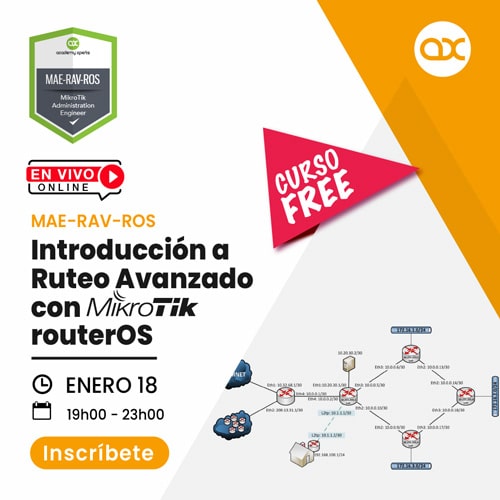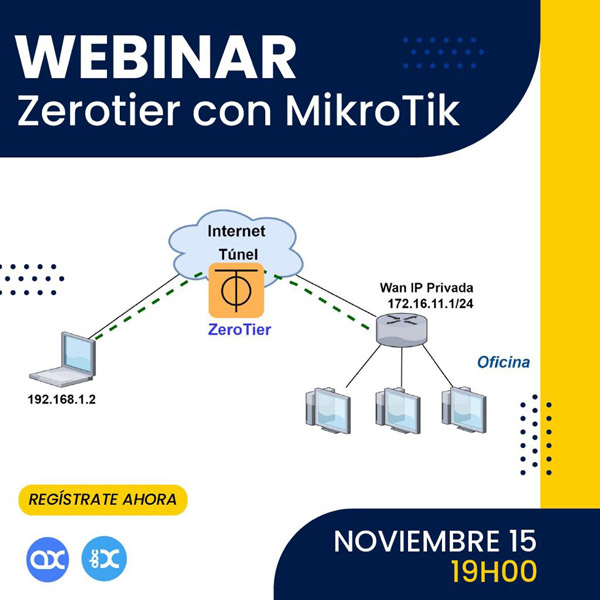How are public IPs assigned to clients?
The assignment of public IPs can be done in two ways, the first is to segment the pool of public IPs with the purpose of routing /30 segments in order to assign routed public IPs to clients, the second way is to generate a port forwarding, this will allow That the user receives the public IP, however, it will not be a public IP that can be managed by the client since it will never be received on the client's router.
Assigning public IP addresses to clients is done through several methods and can vary depending on the scale of the network, Internet Service Provider (ISP), and IP address management policies. Here is an overview of how public IPs are assigned:
1. Static Allocation
- Direct from the ISP: In a residential or small business environment, the ISP may assign one or more static public IP addresses to the subscriber. These addresses do not change unless the ISP's network is reconfigured or the customer requests a change. The assignment is done manually, and the customer configures the static IP address on their device (router, firewall) according to the ISP's instructions.
- In enterprise and data center environments: Companies or entities that require multiple public IP addresses can receive a block of addresses (for example, /29, /28, etc.) that they manage internally, assigning specific addresses to servers, network devices or other services that need accessibility from the outside.
2. Dynamic Allocation
- DHCP (Dynamic Host Configuration Protocol): For ISPs that offer dynamic connections, DHCP is used to assign public IP addresses to clients automatically. When a device connects to the ISP's network, it makes a DHCP request and the ISP's DHCP server assigns it a public IP from its pool of available addresses. This address may change over time, especially if the device is disconnected and reconnected after a certain period.
3. NAT (Network Address Translation)
- Single IP for multiple clients: With the shortage of IPv4 addresses, ISPs use NAT to allow multiple clients to share a single public IP address. In this case, clients receive private IP addresses on their devices, and the ISP uses a NAT device on its network to translate these private addresses to a public address when they access the Internet. This is common in residential settings.
4. CGNAT (Carrier-Grade NAT)
- Large scale NAT: Similar to traditional NAT, but on a much larger scale. CGNAT is used by ISPs to assign the same public IP address to hundreds or even thousands of clients simultaneously, using specific ports to distinguish each client's traffic. This helps alleviate IPv4 address shortages but can cause problems with certain types of incoming connections or services that require port mapping.
5. IPv6
- Mass IP assignment: With the advent of IPv6 and its virtually unlimited address space, ISPs can assign unique IPv6 addresses to all of their client devices directly, eliminating the need for NAT. Assignment can be static or dynamic, similar to IPv4, but with the flexibility to assign multiple addresses to each device if necessary.
Each of these methods has its own advantages and disadvantages, and choosing one over the other depends on the specific needs of the network, ISP policies, and technical limitations.
There are no tags for this post.- Share this Article









